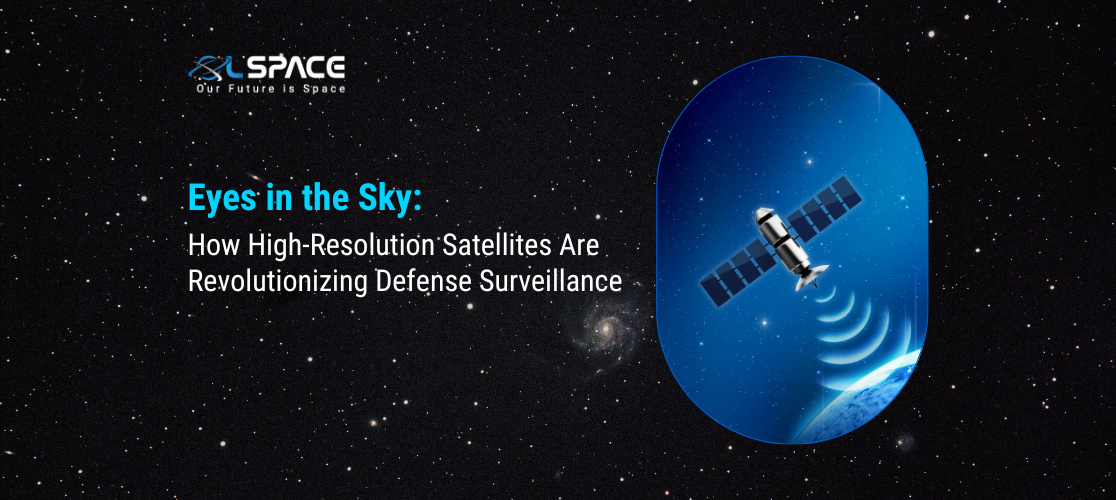20 October 2023
Eyes in the Sky: How High-Resolution Satellites Are Revolutionizing Defense Surveillance

The advent of high-resolution satellite technology has ushered in a new era of defense surveillance, providing military and intelligence agencies with unprecedented capabilities for monitoring activities on the ground. In this blog, we will explore how high-resolution satellites are transforming defense surveillance, enhancing situational awareness, and bolstering national security.
The Evolution of Satellite Technology
Satellites have long played a vital role in defense surveillance, offering a unique vantage point and the ability to capture real-time imagery and data. However, recent advancements in satellite technology have taken this capability to new heights, with key developments including:
1. Higher Resolution: Modern satellites equipped with high-resolution imaging sensors can capture detailed images of objects and activities on the ground, even from great distances.
2. Frequent Revisits: Increased satellite constellations provide more frequent revisits to specific areas, enabling real-time or near-real-time monitoring.
3. Improved Data Processing: Advanced data processing and artificial intelligence (AI) techniques help analyze vast amounts of imagery, identifying trends and anomalies.
4. Global Coverage: High-resolution satellites can provide global coverage, allowing for surveillance of remote or sensitive areas.
Enhanced Situational Awareness
High-resolution satellites significantly enhance situational awareness for defense and intelligence purposes:
1. Monitoring Adversarial Activities: Defense agencies can closely monitor the movements, activities, and developments of potential adversaries, allowing for early warning and strategic planning.
2. Crisis Response: During crises, such as natural disasters or security threats, high-resolution satellite imagery aids in assessing damage, coordinating relief efforts, and making informed decisions.
3. Border and Maritime Security: Satellites can help monitor borders and coastlines, detect illegal crossings or intrusions, and combat piracy and smuggling.
4. Environmental Surveillance: Beyond defense, satellites are crucial for environmental monitoring, including tracking deforestation, wildlife conservation, and natural resource management.
National Security and Geospatial Intelligence
High-resolution satellites contribute to national security by providing invaluable geospatial intelligence (GEOINT). This includes:
1. Target Identification: Accurate identification and tracking of military assets, infrastructure, and potential threats.
2. Mapping and Geospatial Analysis: Creating detailed maps and conducting geospatial analysis to support military planning and operations.
3. Disaster Response: Assisting in disaster response and recovery efforts, helping save lives and resources.
Challenges and Ethical Considerations
The use of high-resolution satellite technology in defense surveillance also raises challenges and ethical considerations, including:
1. Privacy: The ability to capture fine-grained imagery raises concerns about individual privacy, necessitating clear guidelines and legal frameworks.
2. Security: Protecting satellite systems from interference, cyberattacks, and anti-satellite weapons is paramount.
3. Ethical Use:Ensuring that the technology is used in accordance with international laws and ethical principles.
Conclusion
High-resolution satellites have become indispensable tools for defense surveillance, enhancing national security, situational awareness, and response capabilities. As technology continues to advance, the future of defense surveillance will likely involve even more sophisticated satellites, greater automation through AI, and deeper integration with other defense and intelligence systems. Balancing these capabilities with ethical considerations and security concerns will be an ongoing challenge as defense agencies harness the power of “eyes in the sky” to protect their nations and interests.
